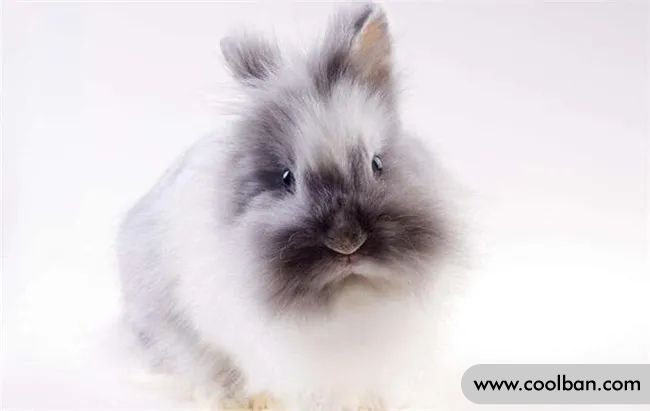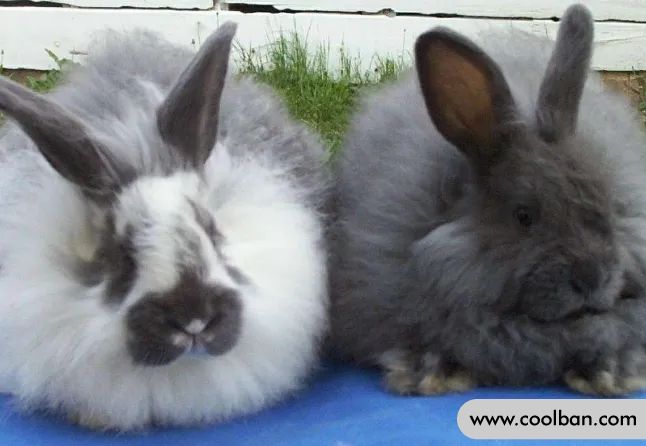Angora Rabbit Breeding Common Sense
The Angora rabbit originated in the Ankara province of Turkey. Ankara was known as Angola in the West in the past. In 1930, at the request of the Turkish Postal Law, it was renamed the Turkish name "Ankara". Angora rabbits are called angora rabbits because their hair is long and thin, a bit like angora goats and angora cats. They became popular in Europe at the end of the century because they were kept as pets by the French royal family in the mid-18th century.

Morphological characteristics of Angora rabbits
Angora rabbits are recognized as a typical fur rabbit breed in the world. When you don't cut it, it looks very stupid. Because the hair on the face and ears grows slowly, Angora rabbits look cute when their hair is not full.
Angora rabbits are bred primarily for their silky, fine, soft fur when they sleep. Rabbit hair is only 11 microns in diameter, which is finer and softer than cashmere. The Angora Rabbit is witty and looks like a furball with a face. Most are docile but should be cared for with care. Bristles are necessary to prevent fading and depilation of hair. Hair lumps are a common problem in Angora rabbits and should be dealt with promptly when they occur. Get a haircut every three to four months of the year.
Rabbits are not allergic like many other animals. The average lifespan of a rabbit if cared for is about 7 to 12 years, but the hare has a shorter lifespan and it needs to be cared for. Angora rabbits have less needle hair, so their fur is more prone to tangles. When rearing, care should be taken to prevent the formation of hard hairs, clogging of the digestive tract by hair is a potentially fatal factor, and a proper diet can reduce susceptibility to hairy lumps.

Angora rabbit breeding knowledge
The most difficult part of raising angora rabbits is the hair. Hair can cause more than just knots. Angora rabbits are prone to accidentally swallowing fur, causing Angora rabbits to grow hairballs.
Like other rabbits, Angora rabbits need to be raised on a lot of hay. Fiber obtained from hay helps prevent hair from clumping. It is also strongly recommended that Angora or other long-haired rabbit breeds contain at least Pellets with 13% fibre, found in the Nutrition Facts table on the feed bag. Also, dehydration can lead to fecal impaction, so provide plenty of water and lick salts for easy drinking.

Because rabbits digest hair when grooming, it is thought that at least every 90 Hair reduction once a day or so is necessary to prevent lumps. Dietary supplements of papaya can help them break down the bristles in the digestive tract. Swallowed hairs cannot be coughed up or spit out, and once its digestive tract is full of swallowed hairs, it will slowly starve to death. Hard lumps can also be fatal if left untreated.
Rabbit cages provide ample space for the rabbit's activities. Fresh horse hay feed is placed daily. This helps the rabbit's hair be removed from the digestive system and prevents hairballs. This method is beneficial to many professional angora rabbit breeders. widely used. Another common method is to add fresh pineapple and papaya to the feed. The bromelain and papain they contain can help break down (proteolytically break down) the bristles in the body and remove them from the rabbit's digestive system. Another way to relax is to place a pine cone for the rabbit to play with, the rabbit will keep nibbling and throwing the pine cone, and the pine cone becomes an effective hair collector in the rabbit cage. The pine cones need to be replaced when they are gnawed or covered in hair.
